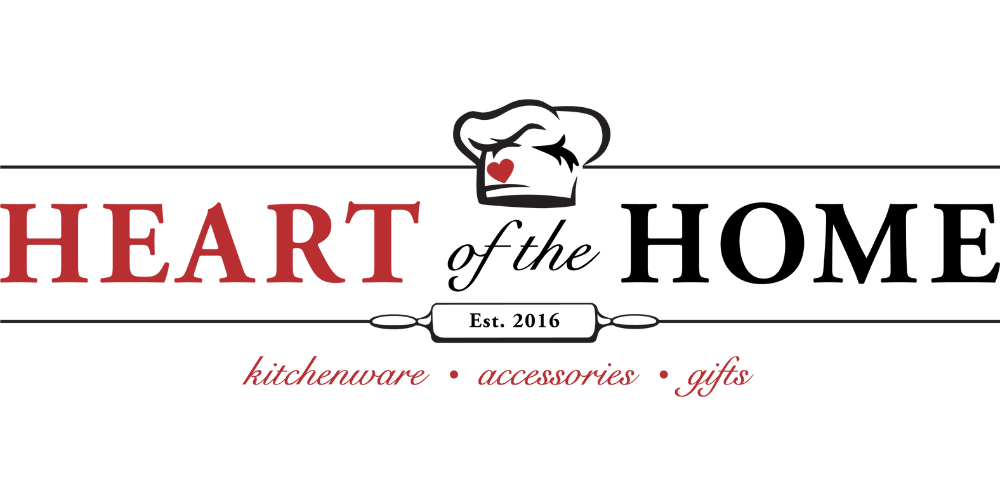Christmas dinners here in Canada are mostly composed of food and drink that source from Britian's food and traditions. The Victorian era had a large impact culturally on our modern celebrations, how things look, feel and taste. Yet their menu items often began with much older British delights that carried through the centuries. We will take a peek at those histories as we explore the food!
The Victoria Era ran from 1837 to 1901.
The Georgian Era included the Regency Era and ran from 1714 to 1837 with the acendency of Queen Victoria to the throne.
The Tudor Era ran from 1485 to 1603.
The Middle Ages (medieval period) lasted approximately from the late 5th to the late 15th centuries.
Elements of a Victorian Dinner
Meat Dishes
Much of the meat served at a Victorian celebration first made their appearances at Christmas Feasts back in Tudor times: Swan, Beef, Venison, and Turkey. Turkeys were exotic meat back in the Tudor era, having just been brought over from North America!
Mutton and Goose were common on Victorian tables, but first emerged on menus during holiday parties in the Georgian era. A Georgian Christmas was all about lavish parties to impress, demonstrating ones status in society. Georgian main dishes focused on beef, mutton and venison, with goose and other poulty appearing as side dishes as poultry just didn't have the same status as the other meats.
Queen Victoria chose roast swan for Christmas dinner, and to focus her attention on family and home for the holidays. This turned the trend for seasonal gatherings as they became family occassions. Society followed their regent's lead. This removed the aversion to poultry for a main dish, and most Victorian homes chose to serve a Christmas goose.
Stuffings
Chestnut Stuffing carried over to England from the Americas, and was prepared as a side dish.
Forcemeat Stuffing was a popular stuffing for the goose, turkeys and even ham. Forcemeat is ground meat, referred to as such due to the meat, as well as bread, being forced through a hand cranked grinder. The bread would clean the grinder of the meat and also be part of the recipe. Veal was a popular option for the forcemeat stuffing.
Vegetables
Vegetables took on a new role of importance in meals for both rich folks, as well as the lower classes. Roasted and boiled Potatoes, Sprouts, Cabbage, Parsnips and Carrots began to appear for Christmas dinner on Victorian tables. Wealthy folks would serve unseasonal vegetables such as asparagus, beans and tomatoes to demonstrate the skill of their garden staff.
Soups
Oyster Soup was the popular soup to serve, simply due to British oyster beds being exhausted due to pollution and overfishing, causing the price of oysters to increase steeply. This resulted in only prosperous families being able to afford them, and oyster soup became a desireable dish to serve.
Cakes & Puddings
Frumenty (Christmas Pudding) originated in Medeival times and was made of beef and mutton with breadcrumbs, raisins, currants, prunes, wines and spices. It was more often souplike, and eaten as a fasting meal in preparation for Christmas festivities. By Georgian times, and it was a sort of porridge made with grains, almonds, currants and sugar, and served with meat. Victorian tables enjoyed their Christmas pudding with their holiday meals.
Twelfth Night Cake carried through from Tudor times, and was a type of fruit cake. Baked with a coin or a dried bean hidden in the mixture, whoever found the coin (or bean) would be the King or Queen of the evening, hosting the entertainment!
We tend to think of Mince Pies (Mincemeat Pies) as concoctions of apples, dried fruits and spices baked in a pie, but they actually began as pies of minced meats - most often mutton, but could be beef or venison. Mincemeat pies sourced from medieval times, and have over the centuries gradually lost their meat! By the Victoria Era, mincemeat pie's meat portion was reduced to a few tablespoons, and was filled out mostly with dried fruit, spices and sugar, blended with suet (animal fat).
Nesselrode Pudding is a moulded ice pudding made from pureed chestnuts and was very popular for Victorian holiday meals.
Desserts
Sugar Plums are sugar coated seeds and nuts and first made in the 17th century. They were created with a layers of sugar syrup, dried and then layerd, dried and layered for a period of weeks, and finished with a coating of colour. Red from mulberry juice or cochineal, blue from indigo stone, green from spinach and saffron for yellow. Plums are not involved with this candy at all! The word plum was slang for "good" when they first became popular - so sugar plum means "good sugar".
Warm Brandy and Mulled Wine were enjoyed to aid with digestion.
Merry Christmas to all, and to all a good night!


Leave a comment